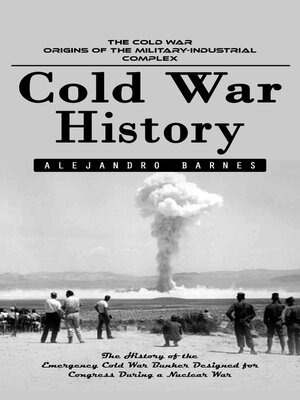Cold War History
ebook ∣ The Cold War Origins of the Military-industrial Complex (The History of the Emergency Cold War Bunker Designed for Congress During a Nuclear War)
By Alejandro Barnes

Sign up to save your library
With an OverDrive account, you can save your favorite libraries for at-a-glance information about availability. Find out more about OverDrive accounts.
Find this title in Libby, the library reading app by OverDrive.



Search for a digital library with this title
Title found at these libraries:
| Library Name | Distance |
|---|---|
| Loading... |
This book pulls back the curtain on that hidden history. It doesn't simply recount battles, treaties, or speeches from powerful leaders. Instead, it brings you into the daily lives of ordinary people who dared to dream, resist, and endure. You'll read about workers striking in shipyards, students risking prison for freedom, spies who played dangerous double games, and families who carried hope across barbed borders. From the classrooms of east berlin to the candlelit protests of prague, from nuclear drills in american schools to the triumphant tearing down of the berlin wall, these stories reveal the human heartbeat of a divided world. Inside you will read about...
What was the cold war?
The origins of the cold war
World war ii and the beginning of the cold war
The cold war in the 1950s
The cold war in the 1960s
The cold war in the 1970s
The cold war in the 1980s and the end of the cold war
In october 1962, american spy planes discovered the soviets were building nuclear missile sites in cuba, and intelligence officials informed president john f. Kennedy of this on october 16th. It went without saying that nuclear missile sites located just miles off the coast of the american mainland posed a grave threat to the country, especially because missiles launched from cuba would reach their targets in mere minutes. That would throw off important military balances in nuclear arms and locations that had previously ensured the cold war stayed cold. Almost all senior american political figures agreed that the sites were offensive and needed to be removed, but how?







